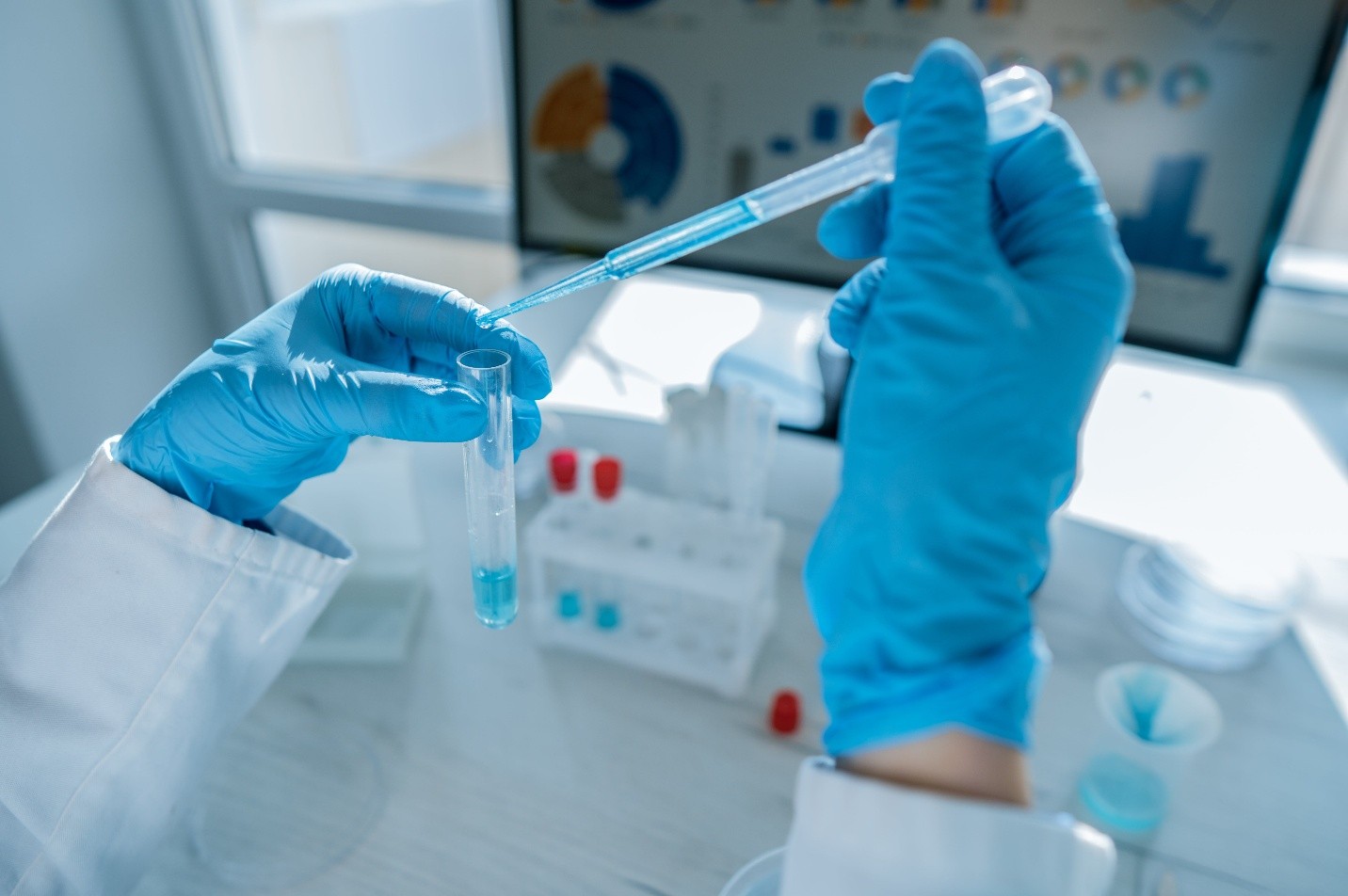Toxicology screens are an essential tool in clinical diagnostics, forensic investigations, and workplace drug testing, providing valuable insights into the presence of drugs, chemicals, or toxins in biological samples. Genesis Reference Laboratories understands that one of the persistent challenges in toxicology is cross-reactivity, where substances other than the target analyte interact with the test and produce false positives. Addressing these challenges requires an understanding of the science behind cross-reactivity, its implications, and strategies to mitigate its effects.
Understanding Cross-Reactivity in Toxicology
Cross-reactivity occurs when a substance other than the intended target reacts with the assay’s detection system. In immunoassays, a commonly used method in toxicology screens, this phenomenon arises when the antibodies used in the test bind to a structurally similar compound instead of the target analyte. For example, over-the-counter medications like ibuprofen or antihistamines can sometimes produce false-positive results for illicit drugs such as marijuana or amphetamines.
Cross-reactivity is influenced by several factors, including:
- Structural Similarity: Compounds with similar molecular structures to the target analyte are more likely to cause cross-reactivity.
- Concentration Levels: High concentrations of non-target substances can overwhelm the assay and interfere with its specificity.
- Test Sensitivity and Specificity: The design and quality of the test play a significant role in minimizing cross-reactivity. Highly specific tests are less prone to interference.
Common Scenarios of Cross-Reactivity
1. Medications and Over-the-Counter Drugs
Certain medications are notorious for causing cross-reactivity in toxicology screens. For example:
- Antibiotics: Some quinolone antibiotics may yield false positives for opioids.
- Cold Medications: Pseudoephedrine, a common ingredient in decongestants, can be mistaken for amphetamines.
- Pain Relievers: Nonsteroidal anti-inflammatory drugs (NSAIDs) like ibuprofen have been linked to false positives for THC (the active component in marijuana).
2. Dietary and Herbal Supplements
Supplements containing ephedra, ginseng, or other herbal ingredients can interfere with drug screens. Additionally, supplements that are contaminated with undeclared substances pose a significant risk of cross-reactivity.
3. Foods and Beverages
Certain foods, such as sauerkraut, can lead to detectable levels of ethanol metabolites in urine tests. Similarly, tonic water containing quinine might influence the results of screens for certain substances.
4. Medical Conditions
Underlying health conditions, such as liver disease, can lead to the accumulation of metabolites or substances that mimic drugs, potentially causing cross-reactivity. For instance, elevated bilirubin levels might interfere with certain assays.
Implications of Cross-Reactivity
The consequences of cross-reactivity in toxicology screens can be significant, affecting individuals and organizations alike:
- False Positives: A false-positive result can lead to unwarranted legal actions, employment termination, or unnecessary medical interventions.
- Reputation and Trust: Errors in toxicology results can undermine trust in testing protocols and the organizations that rely on them.
- Economic Impact: The need for repeat testing and potential legal disputes can increase costs for both individuals and institutions.
Strategies to Address Cross-Reactivity
- Use of Confirmatory Testing
Confirmatory testing is the gold standard for mitigating cross-reactivity. Techniques such as gas chromatography-mass spectrometry (GC-MS) or liquid chromatography-tandem mass spectrometry (LC-MS/MS) offer high specificity and can accurately identify the target analyte, reducing the likelihood of false results.
- Improved Assay Design
Developing more specific assays can help minimize cross-reactivity. Advances in antibody engineering and assay optimization are continually improving the reliability of immunoassays.
- Comprehensive Screening Panels
Using broad-spectrum toxicology panels can help identify potential interfering substances. This approach is particularly useful in forensic or clinical settings where the history of substance exposure might be unknown.
- Detailed Patient History
Collecting a thorough patient or subject history, including information on medications, supplements, and dietary habits, can provide context for interpreting toxicology results.
- Education and Training
Training laboratory professionals and clinicians to recognize the limitations of toxicology screens and interpret results appropriately is crucial. Awareness of common cross-reactive substances can help prevent misdiagnosis or misinterpretation.
- Collaboration with Manufacturers
Laboratories and healthcare providers can work with assay manufacturers to identify and address potential cross-reactivity issues. Providing feedback on assay performance can drive improvements in test design.
Emerging Technologies to Combat Cross-Reactivity
Advancements in technology are paving the way for more accurate and reliable toxicology screens:
- Mass Spectrometry: Techniques like GC-MS and LC-MS/MS are becoming more accessible and cost-effective, allowing for widespread adoption in confirmatory testing.
- Point-of-Care Testing (POCT): Portable devices with improved specificity are being developed for rapid and accurate toxicology screening in field settings.
- Artificial Intelligence (AI): AI and machine learning algorithms can analyze complex data patterns to predict and identify potential cross-reactivity issues, aiding in result interpretation.
- Biomarker Discovery: Identifying unique biomarkers for drugs and toxins can reduce the reliance on structurally similar compounds, minimizing the risk of cross-reactivity.
Cross-reactivity in toxicology screens remains a significant challenge, with implications for clinical care, workplace policies, and forensic investigations. While false positives and negatives can complicate decision-making, advancements in technology, improved assay design, and the integration of confirmatory testing are helping to mitigate these issues. By fostering collaboration between laboratories, healthcare providers, and manufacturers, the field of toxicology can continue to evolve, ensuring that diagnostic tools remain accurate, reliable, and fit for purpose. Understanding and addressing the complexities of cross-reactivity will ultimately enhance the trust and effectiveness of toxicology screens in safeguarding public health and safety.
